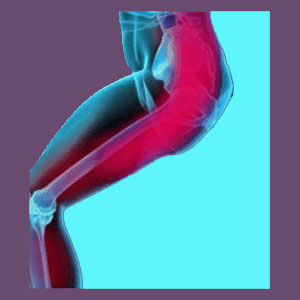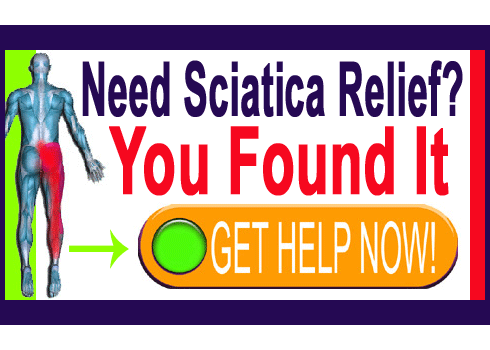
Piriformis pain management practices might be constructive or hazardous. It is always best to pursue curative modalities of care that will not simply decrease pain, but will also work towards resolving the underlying cause of pain. This is the inherent weakness with pain management practices: They are content to manage symptoms, rather than enact any semblance of a cure. However, since curative care is not possible for all piriformis pain profiles, it is vital that patients learn about the best ways to safely manage piriformis symptoms with minimal risk to their overall health and wellness.
Pain management is a growth field in the healthcare arena, encompassing traditional medical, complementary medical and alternative medical practices. Pain management is typically a long-term proposition for the patient, making it a highly profitable focus for any car provider. In fact, money plays a very critical role in the development of the modern pain treatment sector. Why cure a patient and lose them as an income source when you can encourage them to return for treatment over and over to earn far more profit over long timelines of care?
This discussion provides guidance on piriformis pain relief practices. We will detail the general downside of pain management when compared to curative therapies and detail specific risks and benefits from a variety of methods of care geared towards decreasing the severity of piriformis symptoms.
Piriformis Pain Management or Curative Care
The primary deficiency of any type of symptom-targeting care is that it must continue to be applied indefinitely in order to demonstrate any degree of enduring effectiveness. The practices of pain management are not intended to cure and will never provide an end to the pain. They merely address the pain as if it were a problem unto itself, rather than a direct consequence of an underling causation. This is already a very bad attribute.
Pain management forces the patient to become dependent on the treatment for a fast fix for pain, while simultaneously guaranteeing that the pain will return over and over. To us, this sounds a lot like slavery, with no hope for release. To most patients, the process of continual pain management becomes a frustrating, time consuming and very expensive proposition.
Pursuing curative care is always better plan, but we understand that some patients simply can not find lasting relief for various reasons. Therefore, pain management does have its place, but should almost always be used as a temporary solution for pain while curative care is still being investigated, rather than a long-term and exclusive solution for pain in the absence of continuing curative efforts. Remember, most piriformis conditions can be cured and usually present challenges due to misdiagnosis, more than actual resistance to treatment.
Pain Management Risks
All pain management practices entail the risk of ongoing pain and dependence on the treatment utilized. This is because symptom-targeting care does not seek to actually resolve the pain, but merely temporarily reduces it. Therefore, all pain management modalities are subpar when compared to curative care that can actually end pain once and for all by addressing its origin. However, there are other specific risks that are more serious for particular forms of pain management:
Drug therapies are the most common form of pain control practice. Drugs are poisonous and have a variety of known and unknown effects on blood, internal organs and general health. Drug therapies place a huge strain on the liver and accumulate in various tissues of the body causing toxicity. While drugs might reduce pain, they provide no health benefits and are therefore considered the most risky form of symptom management.
Injection therapies are also risky and expose the patients to risks such as infection, nerve damage, excessive bleeding and other effects. Some injections, like Botox, can be fatal when used incorrectly. Incorrect use of prolotherapy can create long-lasting pain and functional concerns if the substance use is not sterile. We have witnessed many complications of rancid cod liver oil creating escalated symptoms in the piriformis muscle.
Piriformis Pain Management Benefits
Hands-on care, like chiropractic, massage, physical therapy and various forms of bodywork are not dangerous and actually do provide health benefits beyond pain control. These are considered constructive forms of pain management, since they really can do not harm and also provide general health rewards.
TENS, acupuncture and the use of heat or ice might provide substantial pain relief without any significant risks. Although not truly constructive, these practices do not have negative implications and are therefore strongly suggested over pharmacological methods of pain management.
Pain coaching provides skills that assist patients in better coping with pain directly, as well as the collateral mind and body effects of pain on cognitive ability and physical functionality. Coaching also provides valuable life skills that can be used over and over again to manage many health issues.
Pain management is not all bad, since it does allow patients to ability to cope with their suffering while pursuing curative care. However, pain management should be a transitional arrangement and not a destination. We highly recommend coaching and hands-on therapy, combined with ice and heat for the best results with the lowest degree of risk. We tend to discourage the use of medications, especially those of the prescription variety, particularly when utilized over extended timelines. Remember, although pain is a horror to deal with, the systemic effects of drugs might be permanent and lead to far worse consequences, like disability, organ failure or death.
Piriformis Pain > Piriformis Relief > Piriformis Pain Management





